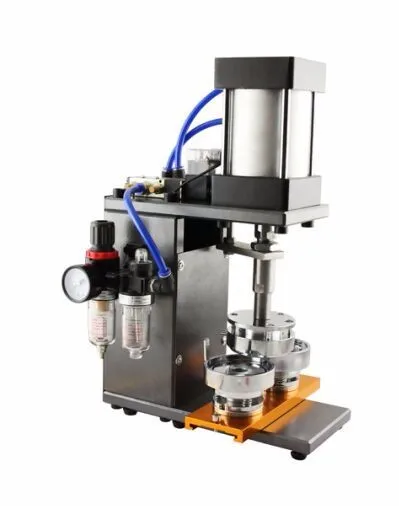- A-eberle Modems Driver Vs
- A-eberle Modems Driver Wireless
- A-eberle Modems Driver Wifi
- A-eberle Modems Driver Support
- A-eberle Modems Driver Speed
SSID Probe Request Collection Workshop. Contribute to brannondorsey/ProbeKit development by creating an account on GitHub. MAC/OUI Address Lookup Tool. Company MAC Address OUIs +plugg srl: 30-F3-3A: 01DB-METRAVIB: 70-02-58: 100fio networks technology llc. Parametrizing TC in operation. The TC in operation signal indicates that the tap changer is performing a tap change. As in the BCD-code configuration, the '07:TC.i.Op' function must be assigned to one of the binary inputs, so that the regulator interprets the binary input signal as the TC in operation signal.
Parametrizing TC in operation
The TC in operation signal indicates that the tap changer is performing a tapchange. As in the BCD-code configuration, the '07:TC.i.Op' function must beassigned to one of the binary inputs, so that the regulator interprets the binaryinput signal as the TC in operation signal.
A-eberle Modems Driver Vs



Auto m3 usb devices driver download for windows 10 free. Menu:

A-eberle Modems Driver Wireless

A-eberle Modems Driver Wifi
Notice: TC in operation signal with the monitoring unit PAN-D If the Relay for Voltage Control & Transformer Monitoring REG-D™ is operated together with the monitoring unit PAN-D, the TC in operation signal needs to be connected to the PAN-D. On the REG-D™ there is no need to set a binary input for the TC in operation signal, because the REG-D™ takes over the TC in operation signal (including TC Error) from the PAN-D. If the TC in operation signal is configured on the REG-D™ anyway, it will monitor the TC in operation signal (including TC Error) in addition to the PAN-D.
A-eberle Modems Driver Support
| Sciologness The most complete collection of drivers for your computer! |
A-eberle Modems Driver Speed
Drivers Catalog ⇒ Modems ⇒ Full list of devices Modem (the acronym of “modulator” & “demodulator”) is the hardware device that converts analog signal (changes some characteristics: amplitude, phase or frequency) into digital one (that is understandable to computers) and vice versa mostly with the purpose of the Internet connection. It is the way of maintaining connection with Internet provider via different channels (telephone, cable TV, mobile phone provider lines). To set this gadget into motion, it is necessary to download modems drivers at first. In such a way a computer “gets acquainted” with the new device.
External modem’s advantages are that it is power circuit-operated (it doesn’t overload power unit) and has indicators (they help a user to be aware of the connection quality). The main advantage of internal modem is its invisibility because it is inside a system unit. Furthermore, there are wireless modems that are useful for those who run a laptop. They provide users with high-quality Internet connection wherever they are. Wireless modems are usually connected to a computer via USB port. If a user notices that the Internet connection is poor, the reason for this may lie in modem failure. Before taking radical measures, a user had better try update drivers for modems (especially, if OS has been changed recently). According to the principle of work, modems are:
List of Manufacturers |
